Marine industry uses products from seas and oceans as the raw materials. Industries that process sea food and manufacture fish oil are some of the examples.
Yet at present the industry is facing some challenges. Firstly, there is no sound technology to track marine equipment underwater. This makes it vulnerable to thefts.
Plus, inventory management of marine products is definitely not easy. You have to track each and every good and also keep a record of it.
Besides, it is very important to keep the customers well informed about marine products they are purchasing. But due to limited space, it is not possible to give detailed information.
So, how to resolve all these challenges? The good news is that there is a solution—QR Code technology.
QR Codes are already very popular today. All thanks to fast internet speed, smartphone penetration, and contactless exposure.
They’re already being used in industries beyond marine to solve similar problems, from asset tracking to product transparency.
In this article we will detail various use cases of QR Codes in marine industry.
Keep reading.
A. QR Codes—a brief
A QR Code is a 2D barcode. It can easily be scanned via a smartphone. With fast internet speed, smartphone penetration, and contactless exposure, the popularity of QR Codes have increased.
With a QR Code, you can link unlimited information. You link a text, an image, a document, a video, and other content to a QR Code.
QR Codes also have an advanced type known as Dynamic QR Codes. With this type of QR Code, you can edit content anytime. You can also track the scanning activity by even getting the exact GPS location of each scan.
Plus, QR Codes are damage resistant. They can resist damage upto 30% after being subject to slight wear-and-tear.
Furthermore, a QR Code occupies very little space. The data in a QR Code is encoded in its data modules. Hence, it becomes denser when more data is added and does not expand vertically.
Lastly, you can create an absolutely custom-designed QR Code. That is, you can add a logo, a background color, or a background image to a QR Code.
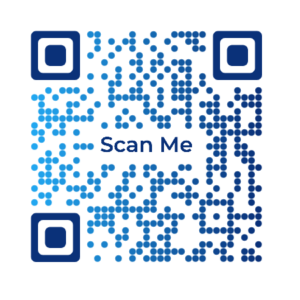
Now, let’s move ahead to see how you can use QR Codes in marine.
B. QR Code use cases
QR Codes today are already being used for a plethora of use cases. From functional use cases such as payments to promotional use cases—QR Codes are being used for all.
Here’s how you can use QR Codes in marine industry:
1. Track Marine equipments in real life
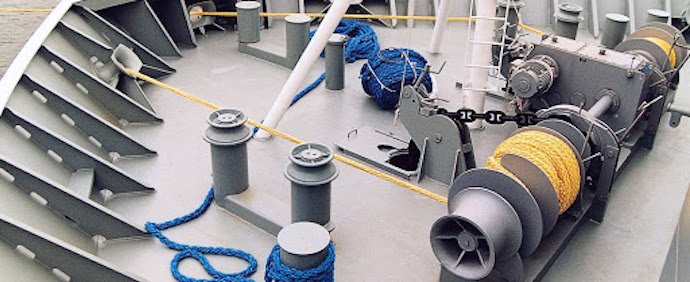
QR Codes are your go to way to keep track of your equipment. Say you are using an array of marine equipment for different applications. Monitoring and tracking each and every equipment manually is a tedious task.
And if the equipment is launched underwater, it is nearly impossible to track. With QR Codes, you can easily resolve this issue. You can actually create waterproof Dynamic QR Codes. And place it on marine equipment.
As mentioned, with Dynamic QR Codes you can track the scanning activity based on time, browser, region, and device from which the QR Code was scanned.
You can also get the exact GPS location of each scan. This way, it becomes very easy to track marine equipment underwater and on land.
2. Manage inventory efficiently
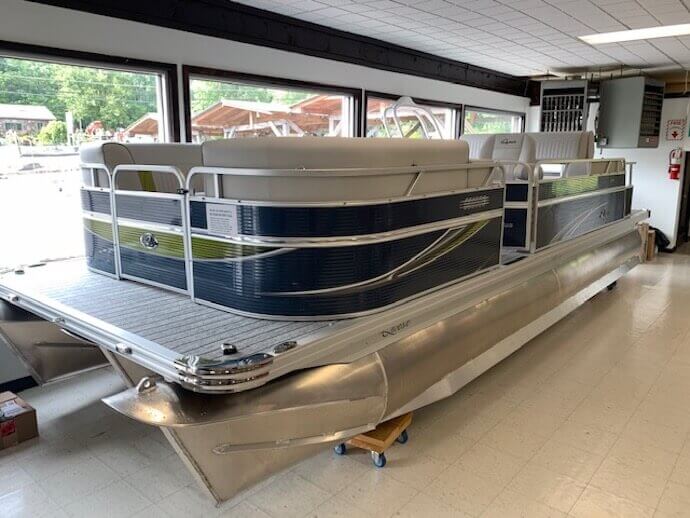
Inventory management is a tedious task to handle. Also marine equipment is highly expensive. Hence, it is important to keep a highly accurate record of inventory.
But if done manually, it is very time and effort consuming. With QR Codes, you can manage the inventory efficiently.
All you need to do is create QR Codes and then place it on each equipment. You just need to scan the QR Code via your smartphone to keep track of the inventory.
Furthermore, with QR Codes, you can also identify any damaged or missing equipment. You can send that immediately for repair or monitoring.
Plus, you can also create checklists for service and maintenance. This can then be updated on the cloud. Technicians who have access to the information on the cloud can immediately send a service request.
3. QR Codes on seafood
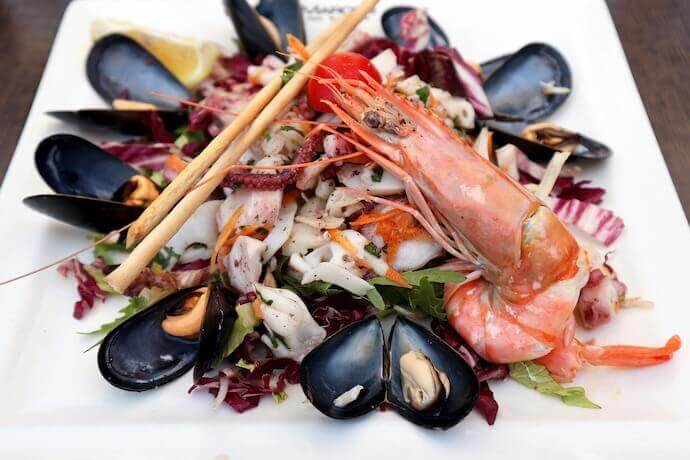
Seafood is the most rich source of proteins. Hence, it has a large customer base.
It is very important to provide in-depth information about sea food to customers. But due to limited space, you are able to provide only some details. This jeopardizes the process of taking an informed choice by the customers.
With QR Codes, you can easily resolve this issue. As mentioned, QR Codes can link unlimited information. Hence, you can link a QR Code to detailed information about seafood products. This way, customers will remain fully informed and the ingredients used in the product will be transparent.
You can use create edible QR Codes and place it on the food you offer. Restaurants all over the world are actually doing this.
For example, Harney Sushi is a sushi restaurant in San Diego, California. The restaurant puts edible QR Codes directly on the fish. The QR Codes are printed on rice paper with water-based ink.
Upon scanning, customers can know the whole journey of sushi from the sea to the restaurant. Quite interesting, isn’t it!
4. To spread awareness
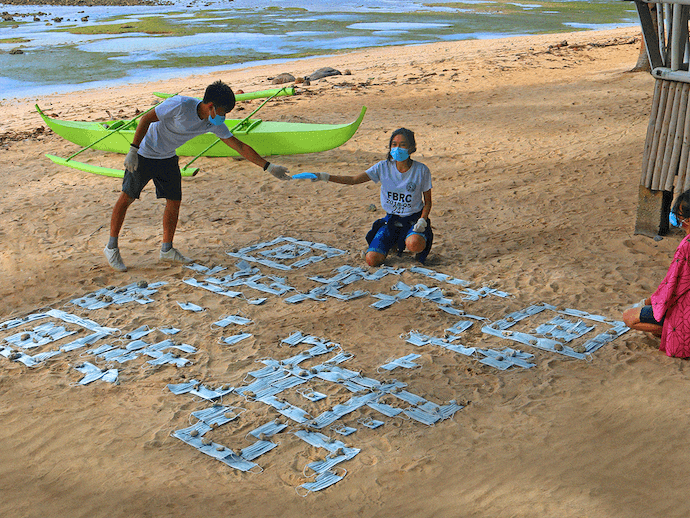
QR Codes in marine are also used to spread awareness about marine pollution. Being eco-friendly is seen as an ideal practice in today’s time.
Yet with booming industries and mushrooming MNC culture, the ecosystem has been exposed to a lot of imbalances. And water pollution is one of the biggest menaces, which is adversely affecting marine life.
Hence, it’s important to spread awareness about how to protect marine life. And QR Code technology is doing wonders.
Here’s a wonderful example from Philippines:
21 year old Rizza Hibaya along with other friends created a QR Code from waste disposed of in the sea. With this endeavor, her aim was to spread awareness about the increasing marine pollution.
The students created a QR Code with used face masks to show the need for proper disposal. The QR Code was made on the beach side. The aim was to convey the negative impact of COVID-19 on the environment.
“We wanted a new way of raising awareness through the use of technology such as QR Codes. These are commonly used during the pandemic in line with the touchless form of interaction,” Hibaya said.
5. For document verification
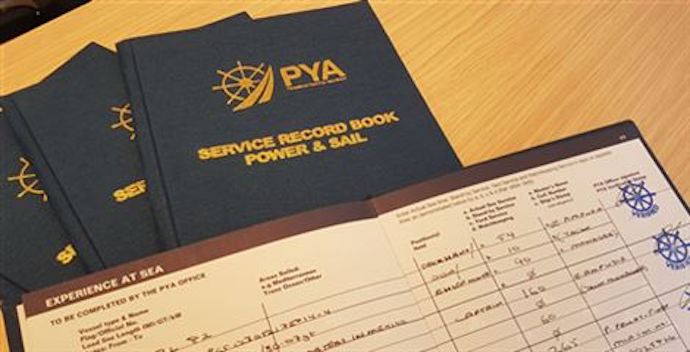
In maritime operations, QR Codes to verify the authenticity of the documents is one of the use cases. You can use a QR Code on electronic certificates to streamline the procedure for document verification.
By scanning the QR Code via a smartphone, the port state control will be directed to the verification page. Here, they can view a copy of the document. The QR Code and the Registry’s tracking identification (TID) number will also be clickable if viewed on a computer.
This way, the authorities can get alerted of fake documents in maritime operations.
Now let’ move on to the section of how to create QR Codes.
C. How to create QR Codes
To create a QR Code, you need a professional QR Code generator tool such as Scanova. Here you can choose from various products depending upon your use case such as:
1. Scanova QR Code Generator: Here, you can sign up for a 14 day free trial and choose from various QR Code categories, depending upon the content you want to encode.
2. QR Batch: This is the bulk QR Code generator tool. You can create thousands of QR Codes in a matter of minutes.
3. Scanova API: You can then generate QR Codes in bulk by using Scanova’s API. Here, you can integrate Scanova’s Static QR Code Generation API with your own information system or mobile app. And generate a QR Code anytime.
In this manner, you can generate QR Codes programmatically. You just need to send a trigger request with data (QR Code design, size, format and the data to be saved in it) to Scanova’s API. The API will then respond with the QR Code image
On the other hand you can use Scanova’s SDK. And add it to your own server. Here, you can make API calls locally, allowing you to generate custom-designed QR Codes at a must faster rate.
Hence, you just read a detailed guide on QR Codes in the marine industry. Create QR Codes now for an enhanced process.
